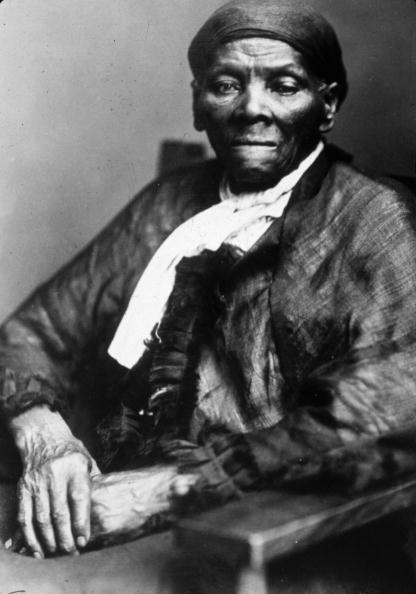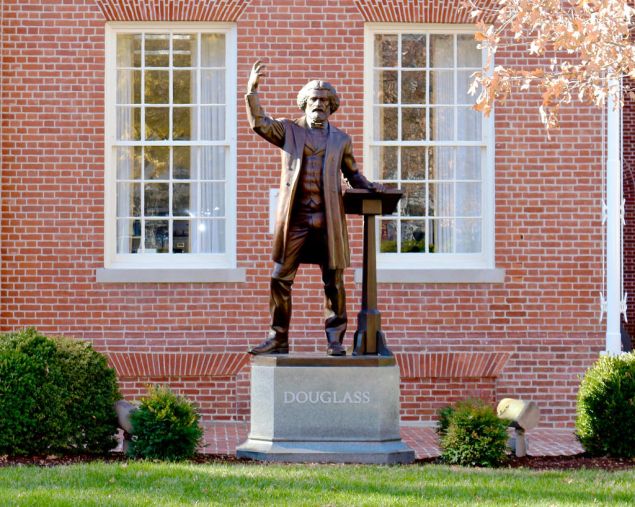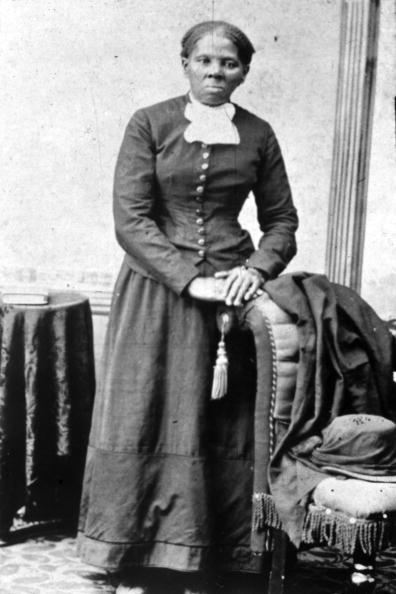
On Facebook and other social media platforms, many folks have celebrated the recent announcement that Harriet Tubman will adorn the front of the $20 bill by posting an image of the revered 19th century African-American former slave and abolitionist. One of the most frequently posted pictures shows a very dignified, albeit senior Tubman, seated with wrinkled hands, a shawl around her shoulders and a wrap around her hair. While it is a handsome photo, she looks like a benevolent black grandmother, not a formidable anti-slavery activist.
If that is the image ultimately selected for the bill, the Department of Treasury will have reinforced unwelcome stereotypes of African-Americans. As garments associated with mammies, the head wrap and shawl are the more obvious signals that will engender criticism. After all, for almost a century—from the minstrel shows of the mid-19th century through the first several makeovers of Aunt Jemima—depictions of black women were largely restricted to images of them as matronly servants.
But this image is problematic for an additional reason: It also portrays Tubman as old, and images of blacks, particularly those who are associated with the slavery and Reconstruction eras, are almost always rendered as old.
An obvious example of this phenomenon is in the representations of both Frederick Douglass, a very real black man, and Uncle Tom, a fictional one, of course, but one whose image was ubiquitous from the 1850s until the middle of the 20th century.

Douglass is the most photographed American of the 19th century. Yet the most common images of him are as the aging sage with his untamed silver hair and wrinkled visage. To be sure, Douglass’s hair did gray prematurely. Nonetheless the film Glory shows him as an avuncular figure whose best days were clearly behind him. Born in 1818, Douglass would have been in his 40s during the Civil War. He may have had some gray hairs, but by all accounts he was vital in every way.
Say the name Uncle Tom and a grizzled, old man comes to mind. And that is how he is most frequently depicted in the popular Tom shows of the late 19th century and in many of the film versions of Harriet Beecher Stowe’s novel. But the book’s original hero has three children under the age of 5 when the audience meets him. In one of the highlights of the novel, he jumps off a moving ship to save Little Eva from drowning. He’s a working slave at the end of the book when the notorious Simon Legree literally whips him to death because he won’t divulge the location of two escaped black women. The author never tells us Tom’s exact age, yet she endowed her protagonist with physical prowess that is rarely evident in representations of the character.
Why the tendency to render blacks as old? Taken in conjunction with other common images it is clear that popular culture eschewed renditions of blacks as vital, strong, possibly even attractive adults. Such images did not sufficiently distinguish them from whites and were prone to trigger fears of black strength and sexuality. The purveyors of popular culture did not want to remind whites of the stamina of black men and women. And a younger Frederick Douglass or Uncle Tom might stir the curiosity of white women. A young Harriet Tubman might prove alluring.

If we consider the men who are on our currency now, they are all dressed in formal attire and in the prime of their professional lives. The pictures of Andrew Jackson and Abraham Lincoln represent the periods where they most active. Since history has bequeathed us with a perfectly good photograph of Harriet Tubman as a younger woman, in a stylish but demure ensemble, that is the one that should adorn the $20 bill.
Patricia A. Turner, Ph.D., is a professor of African-American Studies at UCLA.

